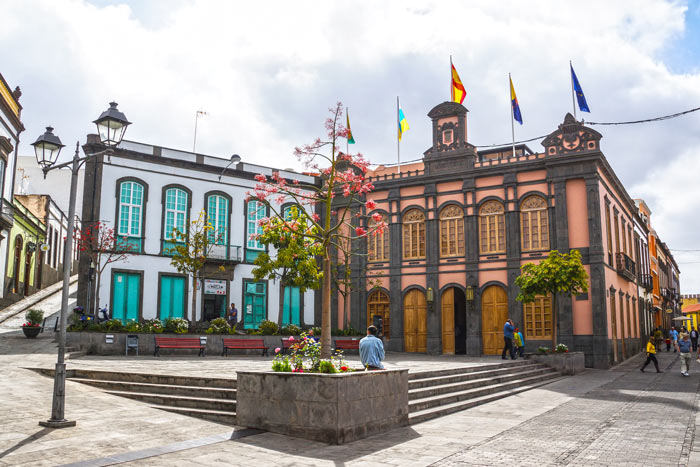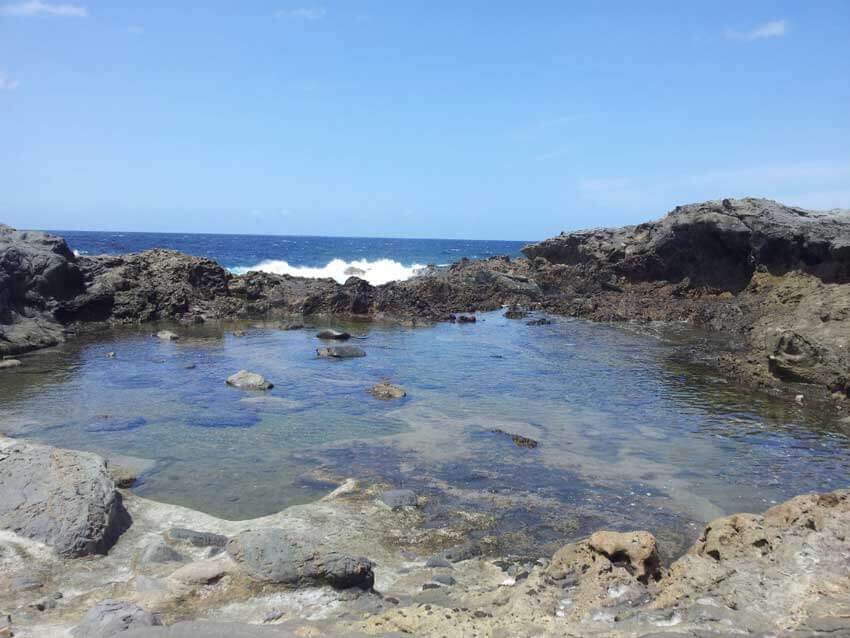Arucas a city with a rich history
Arucas a city with a rich history, is located in the province of Las Palmas. This city was rebuilt in 1480 after complete destruction by the Spanish conquerors in 1478. So much for the brief history. The most important sights in Arucas are undoubtedly the San Juan de Bautista church and the Arehucas rum factory. The city borders the foot of the Arucas mountain of the same name, an ancient volcano.
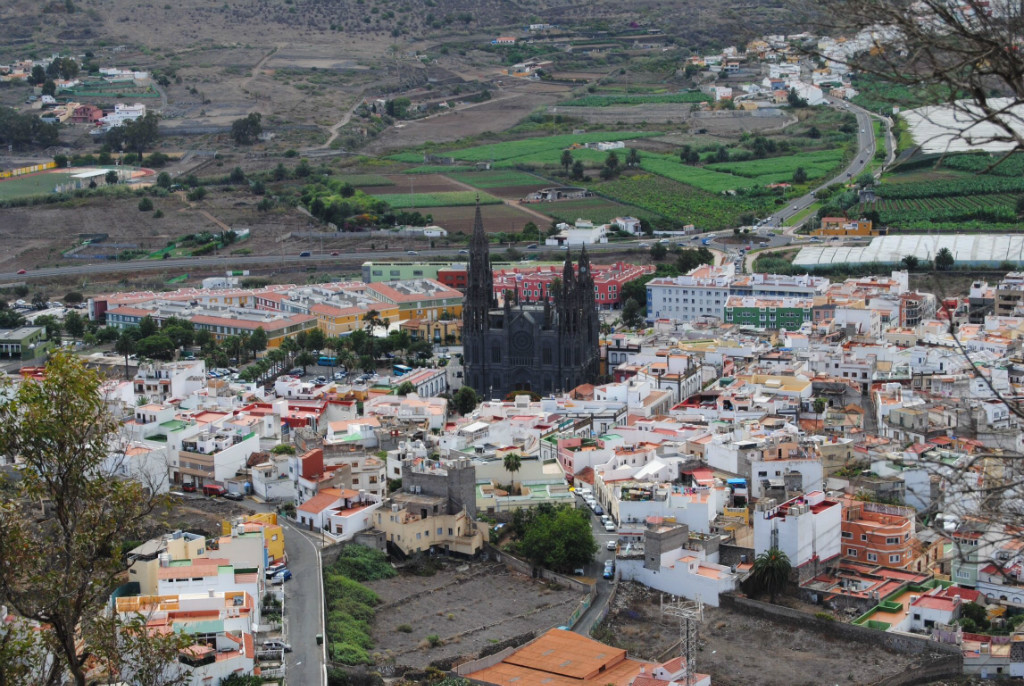
Photo credit Arucas City Council
Arucas is a pleasant city where you can enjoy shopping, eating and drinking on a terrace or in one of the cozy restaurants. The fish restaurants are located on the coastline. In the city and inland of Arucas, the restaurants like to serve their specialty, stews with beans, pumpkin, sweet potatoes and pineapple.
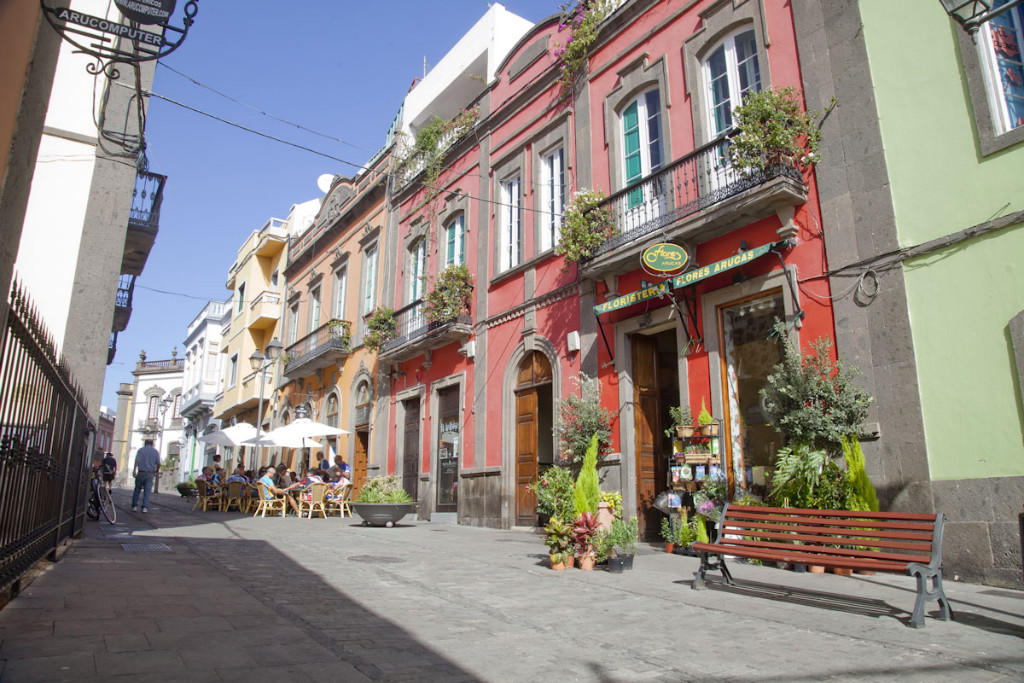
Photo credit Arucas City Council
Discover the “Cathedral of Arucas”
BVisit the impressive church of San Juan Bautista in Arucas town, also known as the “Cathedral of Arucas“. This monument and historical heritage is a wonderful example of local stoneworking art and community spirit. The Church of San Juan Bautista is not only a religious center but also a symbol of the city of Arucas. Built without modern technology, it showcases the craftsmanship of the local artisans.

Photo JOSE LOURIDO
Community initiative on Centuries-old soil
The current church replaces the old parish that was founded in 1515. Over the years, the old church fell into disrepair and was demolished to accommodate Arucas’ growing population. The plan for the new church, proposed by Francisco Gourié Marrero and parish priest Francisco Cárdenes Herrera, was received with wide support. Construction began in 1908 under the direction of architect Manuel Vega y March and was carried out by Fernando Navarro. Read more below photos

Photo JOSE LOURIDO
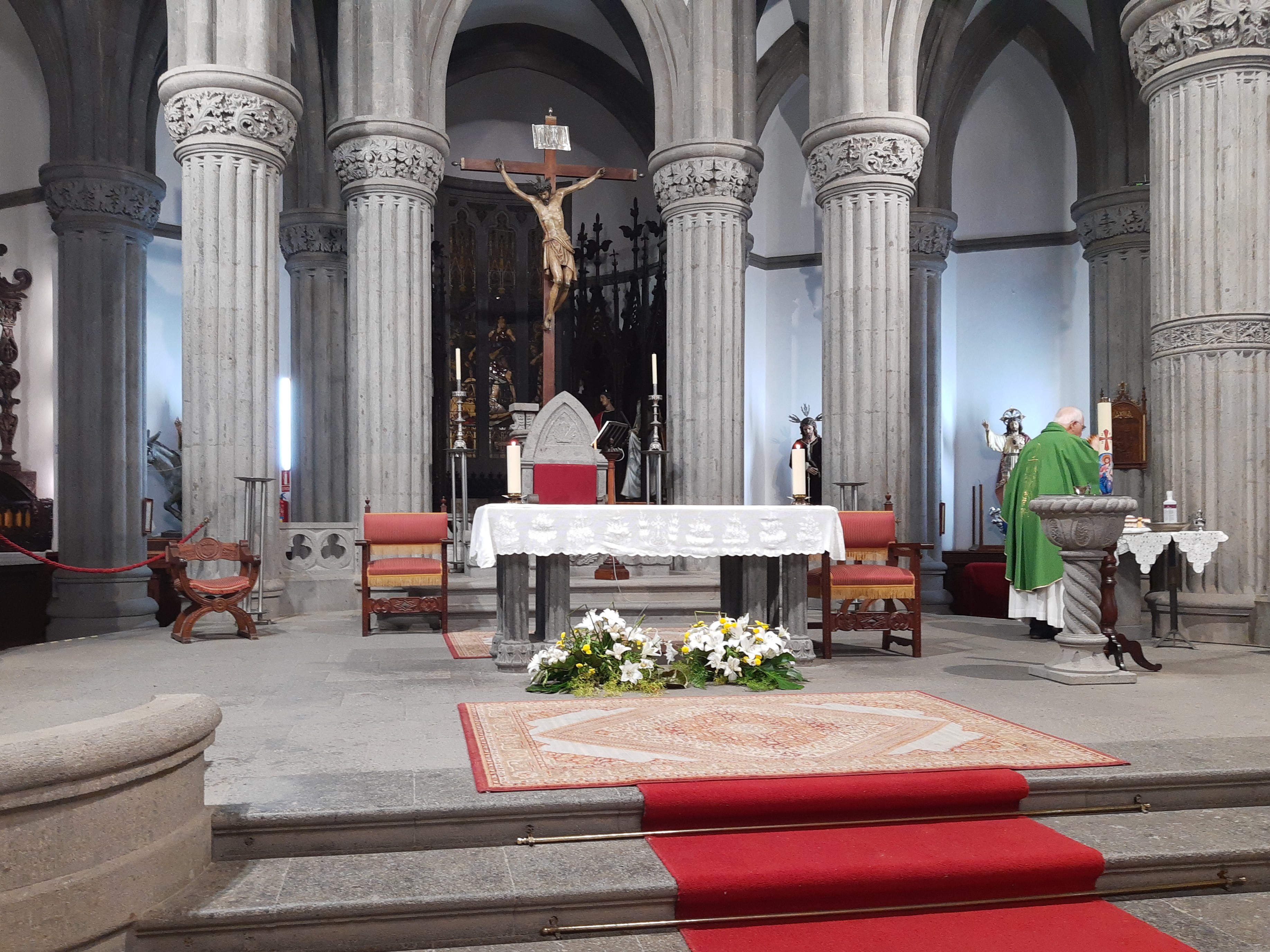
Photo Creative Commons
The altar, altar table and niches were carved from cedar wood.In the church you can also visit the “Chapel of Our Lady of Carmen” and a Baptismal chapel. There are still many beautiful sculptures and windows to admire.
The church is located on the Plaza de San Juan. Originally, the church was built on a site where a chapel stood in 1503 and actually originated Arucas. Entry to the church is free. More info on the church of Arucas can be found on the website .
Shopping in Authentic Gran Canaria
Most shops for shopping can be found in Calle León y Castillo and Calle Francisco Gourié. These streets border each other. The church of San Juan Bautista is at the end of these shopping streets. ( Card ) Every Saturday morning there is the weekly market that takes place in these shopping streets.
You can also discover and buy the old crafts of Arucas in the shops. Wood carvings, musical instruments, wicker baskets, lacework, embroidery and Canarian knives are products that have been made by the local population for decades. You can probably also find sculpture and fine art in stone in the shops, one of the oldest art crafts in the region. Sculpture is a profession that sculptors were taught from an early age.
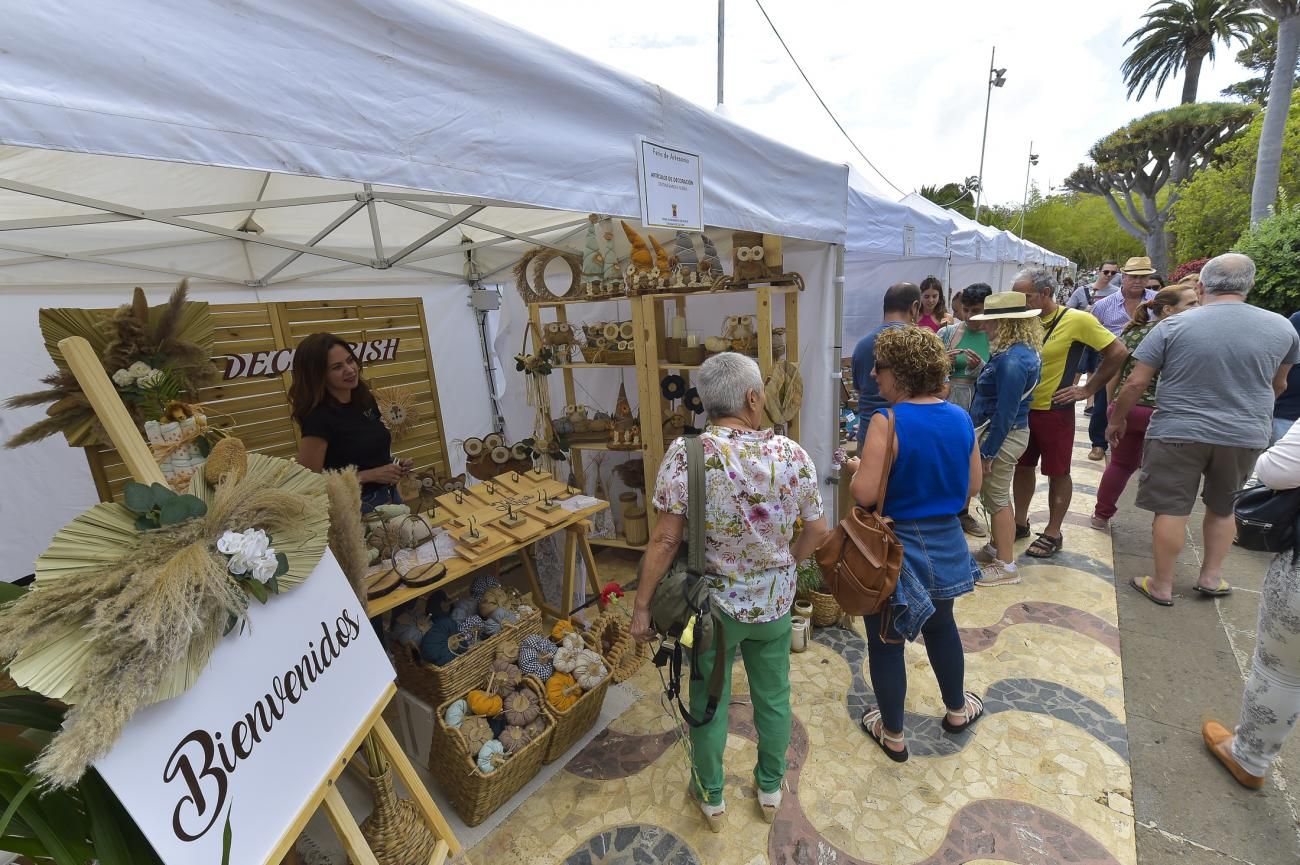
Plaza de San Juan
The Plaza de San Juan has been the center of the city of Arucas since its founding. Surrounding this square are historically important buildings from the 17th to the 20th century. You already know that from the square you can already see the church of San Juan Bautista. But around this core of the city you can see an evolution of different houses from various centuries. The square of San Juan is of great historical value for Arucas. It is a mixture of religious and domestic culture.
Photo credit Arucas City Council
The Plaza de San Juan has always been the meeting place for traders and residents of Arucas. In its history, the square has undergone several changes until the 1990s. Plaza de San Juan is largely made of blue stone. In 1914, this place was provided with public lighting.
Important historic houses on the Plaza de San Juan are the parish house, Barbosa house, the house of Rafel Ponce de Armas and La Granado Marrera. The parish house Casa del Cura was built in the 17th century. It is a typical brick Canarian house with whitewashed walls and roof tiles. Like most Canarian houses, there is a courtyard with a Dragon Tree (Dracaena Draco). The Dragon Tree only occurs on the Canary Islands, Cape Verde and Madeira.
The Barbosa house dates from the late 18th century. A remarkable feature of this house is the cast-iron balcony. It is a house with a lot of symmetry. The windows and doors are characterized by the large pillars on the left and right. Here too, all building materials come from the quarries in Arucas.

The house of Rafael Ponce de Armas is located somewhere in the 19th century. Symmetry is also observable here. Iron balconies in front of the large windows are also characteristic of this building. To conclude on this beautiful square we see La Casa Grande Marrero built in 1917.
This house differs from the others by having one floor. The cast iron balconies are also present here.The modernist trend of the time is reflected in the use of vegetal decoration in the facade triangles. The first offices of the municipality of Arucas are located on the ground floor.
If you are a lover of holiday photos or videos, this place is definitely a must-see. A map of the area around Plaza de San Juan can be here.
Plaza de Constitutión
There are two important buildings on the beautiful Plaza de Constitución. The “House of the Council of Churches” or now “The Town Hall” that dates back to 1875 and the covered market building built in 1882. Both houses were built in Electic style.
The impact of a cannon ball, located on the front door of the church council, caused during the Spanish Civil War requires special attention. Inside the town hall, in the patio, a memorial plaque has been placed with the royal decree that declared Arucas a city per the decision of the Queen Regent Maria Cristina. The important shopping street León y Castillo leads onto this square.
The Beaches of Costa Arucas
Arucas is not just history and culture. The city can count on several beaches. They are sandy beaches with rocky areas here and there. The beaches are guarded, so you can swim there.
Showers are provided to rinse off the sand. The beaches are mostly visited by locals. Characteristic for this part of Gran Canaria are the high waves. Well-known beaches in the municipality of Arucas are Playa El Puertillo and Playa Los Charcones
Montaña de Arucas
The Mount of Arucas is an excellent viewpoint for photographers and nature fanatics. Here you have a beautiful panorama over the city of Arucas and the northern part of the island. La Isleta in Las Palmas, the Mountain of Gáldar and La Cumbre are just some of the viewpoints that will spoil you.

Photo Antonio Martinez Urquijo
In depth you also get an overview of the banana plantations present.The highest point of the mountain is the crater of an extinct volcano. There is a gazebo and restaurant on top of the 300,000 year old volcanic mountain. If you come by car, there is plenty of parking.
Heredad de Aguas de Arucas y Firgas
Of all Gran Canarios, it is known that since time immemorial, the Heredades ( literally translated Inheritances ) on this island have always been the engines as drivers and guides of the economy, and the wealth and means of livelihood for our land and people . Read more below the photos
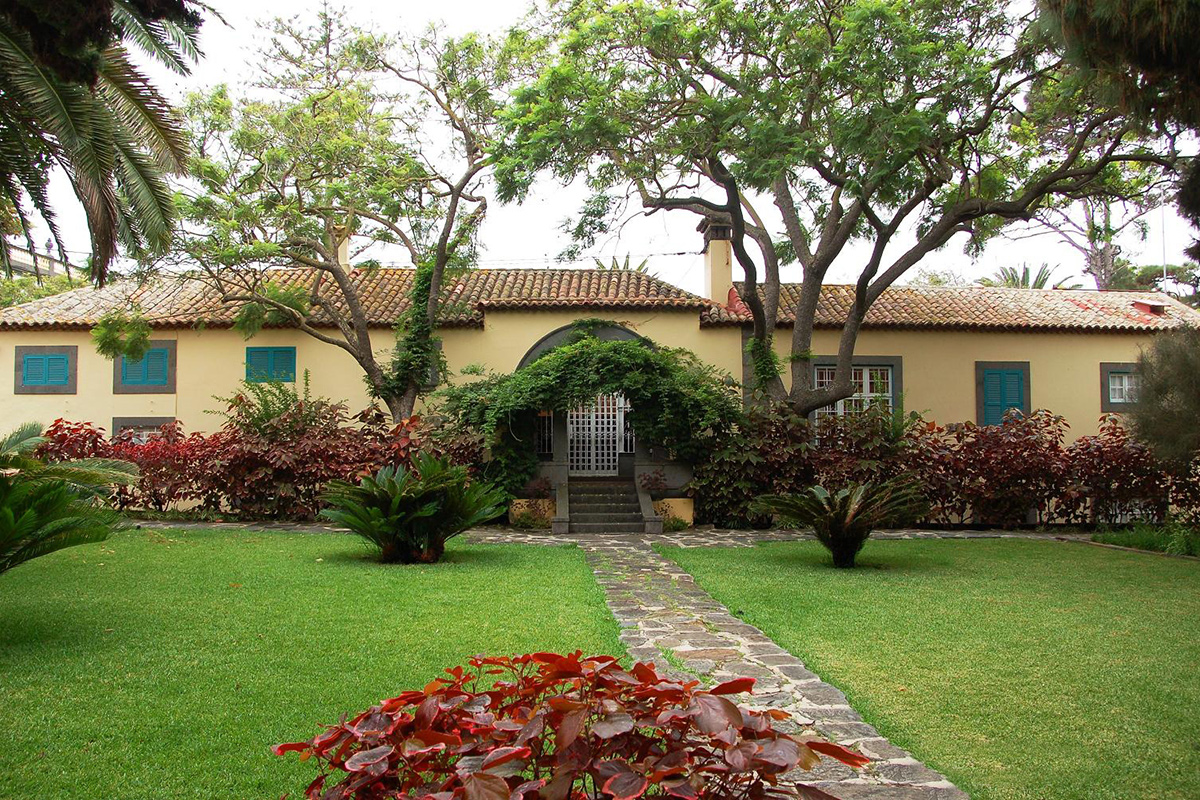

Andere bezienswaardigheden die de stad Arucas kenmerken zijn Museo Municipal de Arucas, Museo “La Cantera“, Museo Etnográfico “Barrio Antiguo“, Museum “Del Labrante“, Fundación Canaria Mapfre Guanarteme, Yacimiento Arqueologico de La Cerera, La Parra Negra, Casa de La Cultura, Casa Consistoral.
There is very much to tell about the historic town of Arucas. If you are curious to find out more tourist information about this Canarian town, follow me on to the gardens and production of the famous rum of Arehucas.
Share Your Experiences and Suggestions about Arucas!
Have you been to Arucas recently? We would love to hear about your adventures and recommendations! Your insights help us keep our tourism page up-to-date and improve it. Whether you discovered a hidden gem, found a fantastic restaurant or have tips for other travellers, your feedback is invaluable. Share your experiences and suggestions with us verschueren.eddy@gmail.com and help others make the most of their visit to this beautiful island. Together, we will create the ultimate guide to Gran Canaria!
